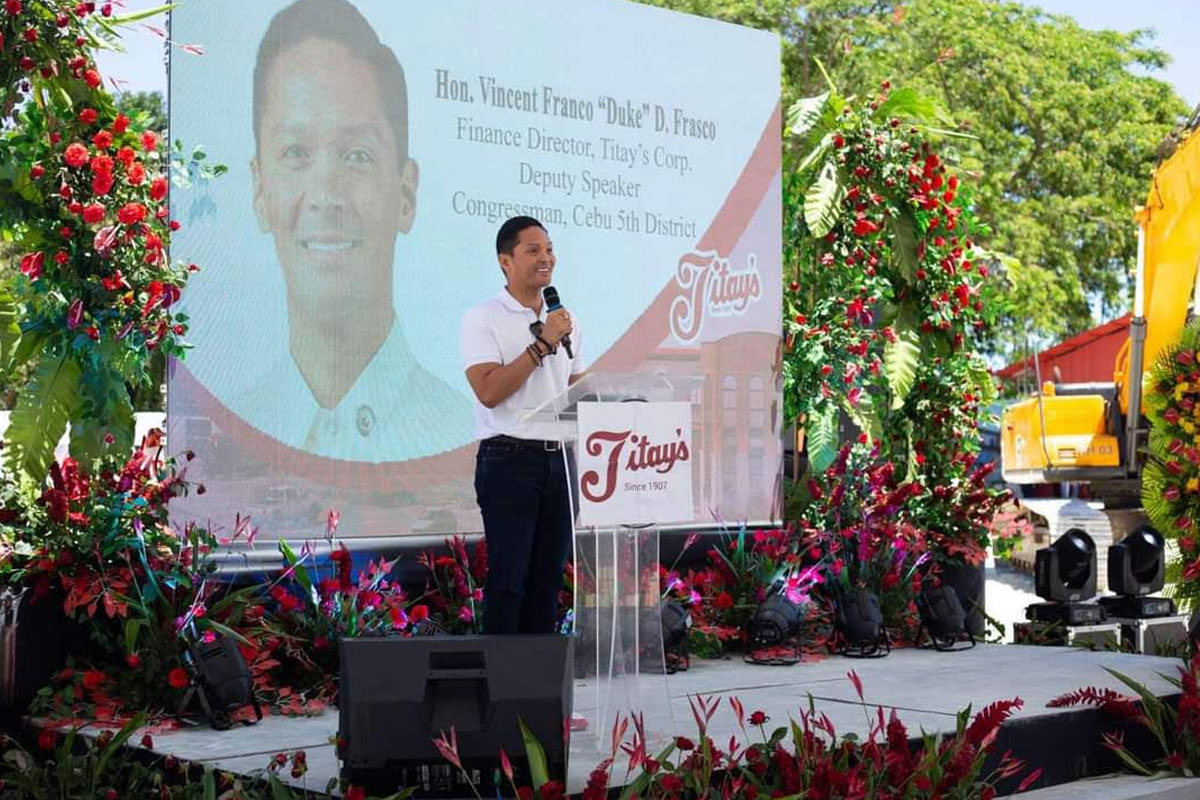
Christmas and mining
 As you read this article I am very sure that our Christmas Countdown is slowly reaching its peak. In fact Christmas in our country is one of the biggest holidays of the year. We have even earned the distinction of celebrating the world’s longest Christmas Season, with Christmas Carols and Decors heard and seen as early as September and would last till the celebration of Epiphany (or popularly known as Three Kings).
As you read this article I am very sure that our Christmas Countdown is slowly reaching its peak. In fact Christmas in our country is one of the biggest holidays of the year. We have even earned the distinction of celebrating the world’s longest Christmas Season, with Christmas Carols and Decors heard and seen as early as September and would last till the celebration of Epiphany (or popularly known as Three Kings).
Christmas morning is the time for visiting relatives. Filipinos wear new if not their best clothes. Children do “mano”, which is kissing or bringing to their forehead the hand of an elderly person as a sign of respect. This is also when we receive our pamasko (gifts), from our godfathers and godmothers.
But come to think of it, each time we excitedly open our Christmas gifts we fail to appreciate the “journey of each item from the mine to beneath our Christmas Trees”. Actually at Christmas Time the mining industry has moved from the street and into peoples’ houses. Mining is now a domestic industry, where a circuit board of our Christmas Lights bubbles away to refine the copper next to a pot of Christmas meal in someone’s kitchen.
THE CHRISTMAS LIGHT: Lights play a big part in our celebration of Christmas. Christmas will never have its glitter without Christmas Lights, and thanks to Mining it will continue to brighten our festive season. The first known electrically illuminated Christmas tree was the creation of Edward H. Johnson, an associate of inventor Thomas Edison. While he was vice president of the Edison Electric Light Company, a predecessor of today’s Con Edison Electric Utility, he had Christmas tree light bulbs especially made for him. He proudly displayed his Christmas tree, which was hand-wired with 80 red, white and blue electric incandescent light bulbs the size of walnuts, on December 22, 1882 at his home on Fifth Avenue in New York City. Incandescent lights are the ones that started it all. Even though they’re well over a hundred years old now, the technology largely remains the same.
THE CHRISTMAS ORNAMENTS and GIFTS: These are decorations (usually made of glass, metal, or ceramics) that are used to festoon a Christmas tree. Ornaments take many different forms, from a simple round ball to highly artistic designs. Ornaments are almost always reused year after year rather than purchased annually, and family collections often contain a combination of commercially produced ornaments and decorations created by family members. Such collections are often passed on and augmented from generation to generation. Guess where do they come from … The Mining Industry.
By the way, the first decorated trees were adorned with apples, white candy canes and pastries in the shapes of stars, hearts and flowers. Glass baubles were first made in Lauscha, Germany, by Hans Greiner (1550-1609) who produced garlands of glass beads and tin figures that could be hung on trees. The popularity of these decorations grew into the production of glass figures made by highly skilled artisans with clay molds. One more thing, all those high-tech gifts we all aspire for (as gifts this Christmas Season) in this modern world, which we hope will land beneath our Christmas Tress … the dust that emerged from our mines eventually makes its way into these gifts of smartphones, electric cars, laptops, TVs, power tools and nearly anything electronic.
THE CHRISTMAS MEALS: Celebrating Christmas in the Philippines always calls for a feast. Our Christmas dinner here in the Philippines as per Hispanic tradition, is called Noche Buena. With our streets festooned with flashing parols and twinkling holiday lights, families gather around dinner tables as soon as clocks hit midnight. Families that are not as affluent would opt for a more economical Noche Buena; the organizing of even a simple gathering despite financial difficulties reflects the importance in Filipino culture of familial (and by extension communal) unity over most other concerns.
Why did I mention this? I hope you did not think that I would start mentioning recipes and menus derived from mineral resources. But don’t you know that mining produces Halite, which is used in human and animal diet for food seasoning and food preservation? Halite, the natural form of salt, is a very common and well-known mineral. It is found in solid masses, and as a dissolved solution in the oceans and in salt lakes.
Mining is truly an intrinsic part (either directly or indirectly) of our Holiday Season but never should we forget that the Giver is more important than the Gift. So as we celebrate Christmas let us always remember each and every miner (inclusive of their families and communities) that took significant strides to produce the raw mineral resources that made this Yuletide Season what it is today. So let us take the time to acknowledge all their efforts by making sure that what they do be truly sustainable within the framework of responsible mining.
————————oOo——————————
For any personal comments or suggestions you may call 0917-4805585 or email me at [email protected].
















